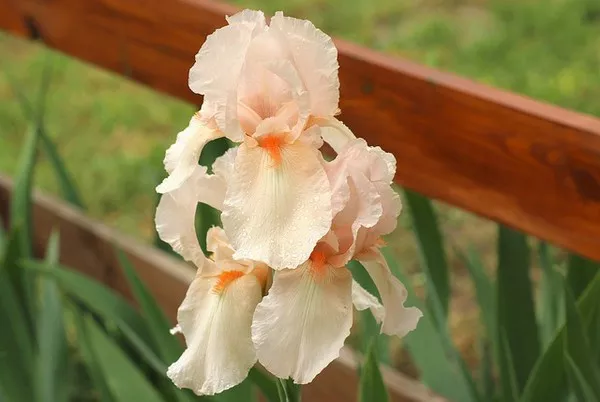Dried flowers hold a timeless allure, capturing the fleeting beauty of nature’s blossoms and lending an air of elegance to any space. While fresh blooms are a delight, the longevity and charm of dried flowers make them a cherished addition to home décor, special occasions, and crafts. To ensure the endurance of these delicate treasures, mastering the art of preserving dried flowers is essential. In this guide, we delve into the techniques and considerations that allow you to safeguard the beauty of dried flowers for years to come.
Choosing the Right Flowers
Selecting the right flowers is a critical first step in the preservation process. Opt for blooms that are at their peak, just before they naturally start to fade. Flowers with sturdy petals and minimal moisture content are ideal candidates. Roses, lavender, statice, baby’s breath, and eucalyptus are popular choices due to their ability to retain color and shape during the drying process.
Methods of Drying
There are several methods to dry flowers, each yielding distinct results. The key is to choose a method that aligns with the type of flowers you’re working with and the desired outcome.
Air Drying: This traditional method involves hanging flowers upside down in a cool, dry, and dark place. Secure the flowers with twine or rubber bands and ensure proper spacing to prevent crowding. It may take a few weeks for the flowers to completely dry, and the colors may fade slightly.
Microwave Drying: A modern approach, microwave drying offers a quicker alternative. Place the flowers between layers of paper towels or in a microwave-safe container filled with silica gel. Use short intervals and low power settings to prevent overheating.
Silica Gel: Silica gel is a desiccant that absorbs moisture and preserves flowers’ natural colors and shapes. Bury the flowers in a container of silica gel, ensuring they are not touching. Leave them for a few days to a week, depending on the flower type.
Pressing: Pressing involves placing flowers between layers of absorbent paper and applying weight. This method is ideal for delicate blooms and is often used for creating pressed flower art.
Tips for Successful Preservation
Harvest at the Right Time: Gather flowers in the morning when their moisture content is lowest. Remove any excess leaves and trim stems to the desired length.
Avoid Humidity: The drying process is hindered by high humidity, which can lead to mold growth. Choose a dry, well-ventilated area for air drying or use silica gel to control humidity levels.
Handle Gently: Dried flowers are fragile. Handle them gently to prevent breakage or damage.
Maintain Their Appearance: Dried flowers are sensitive to light, humidity, and dust. Keep them away from direct sunlight and high humidity areas to prevent fading and deterioration. Regularly dust or gently blow away particles to maintain their pristine appearance.
Experiment with Colors: Some flowers change color during the drying process. Embrace the unique tones that emerge and consider them as a creative element in your arrangements.
Preservation Techniques for Various Flowers
Different flowers have distinct characteristics, which influence the preservation process. Here are some techniques tailored to specific blooms:
Roses: Air dry roses by hanging them upside down. To retain color, dry them in a dark place or wrap them in paper. Microwave drying can also be effective for roses.
Lavender: Gather lavender in bundles and hang them upside down to air dry. This will preserve their fragrance and color.
Baby’s Breath: Air dry baby’s breath by hanging it upside down. Consider using a light hairspray to help the delicate blossoms retain their shape.
Eucalyptus: Hang eucalyptus branches upside down to air dry. The leaves will retain their color and fragrance.
Statice: Air drying or using silica gel works well for statice. The vibrant colors of statice make it an excellent choice for dried flower arrangements.
Creating Timeless Arrangements
Once your flowers are successfully preserved, it’s time to create enchanting arrangements. Whether you’re crafting wreaths, pressed flower art, or simply placing them in a vase, remember that dried flowers are versatile and enduring. Combine different types of flowers, incorporate natural elements like twigs or feathers, and experiment with color palettes to craft arrangements that exude a captivating charm.
In conclusion
the art of preserving dried flowers requires careful selection, thoughtful drying methods, and meticulous care to maintain their beauty. With the right techniques and considerations, you can enjoy the enchantment of dried flowers for years, allowing nature’s splendor to grace your surroundings and celebrations with an everlasting allure.


